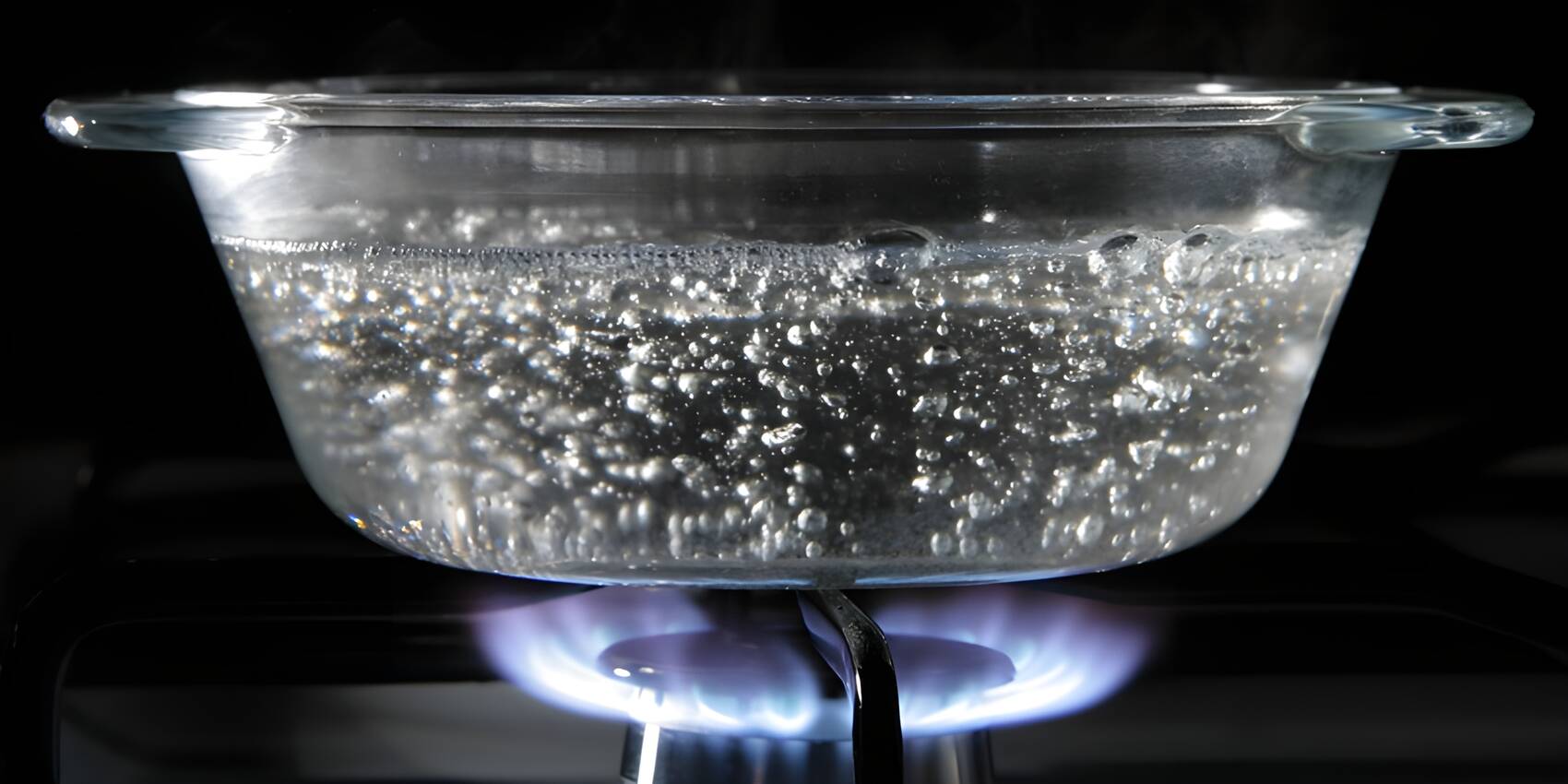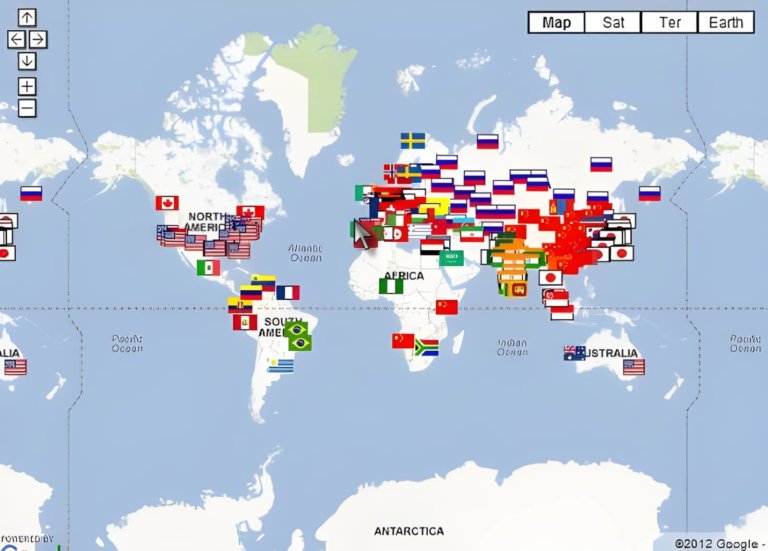Thermodynamics is undoubtedly a fascinating science, although it has been somewhat elusive throughout history, since its principles or laws were denied to scientists for a long time. Now the study of its bases is relatively simple, compared to when these were not yet determined, since we have the laws that explain it: first law, second law, third law and the zero principle.
And it is precisely this last principle that often creates confusion: why is there a zero principle and why are the laws of thermodynamics not numbered from 1 to 4? Although according to the logic we all follow, where zero comes before all the other positive real numbers, the zero principle of thermodynamics was not enunciated until after the other three laws were enunciated.

One possible answer as to why it was listed as principle zero instead of principle four is that, although it has experimental importance, it is not of fundamental importance in the theoretical framework of the study of thermodynamics. In fact, the zero principle is considered as a phenomenological law, where the phenomenon being studied involves systems that are in thermal equilibrium.
In short, the zero principle explains that if two or more bodies at different temperatures are placed in direct contact for a certain time, they will reach the same temperature; that is, they will reach the point where they will be thermally balanced. This statement is the basis of thermometers, but it was enunciated long after the first thermometers were built.
The thermometer was a breakthrough in its time, when Galileo Galilei and other great scientists began to build the first primitive thermometers. Many years later James Clerk Maxwell enunciated the zero principle of thermodynamics for the first time, although it was formulated as a law by Ralph Fouler: “Two systems in thermal equilibrium with a third are in thermal equilibrium with each other”. The zero law is also known as the law of thermal equilibrium.
Via: Wikipedia, Scientific Eye and Fluids


